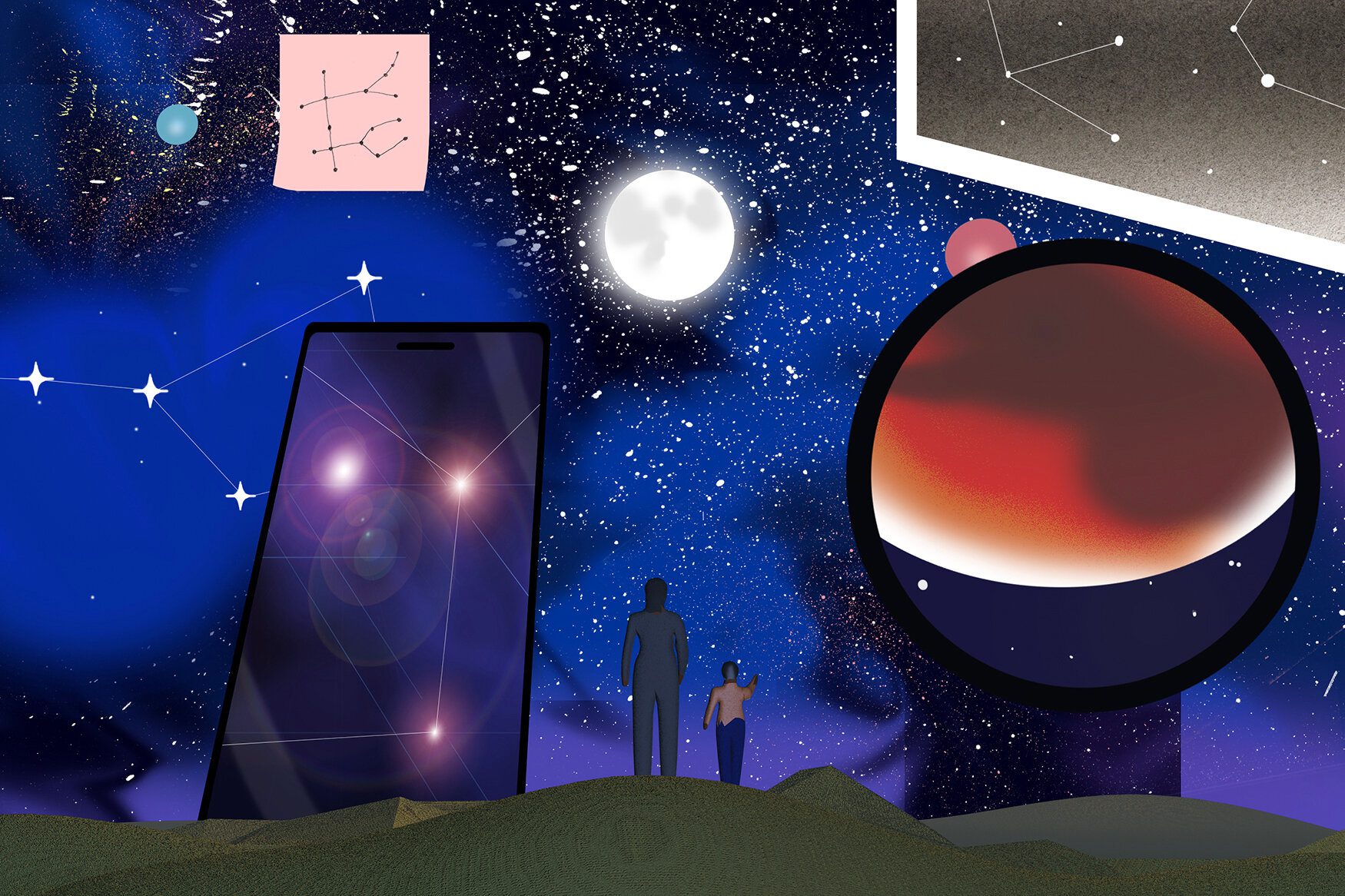This content provides a guide to 10 celestial wonders that can be seen from Earth. It begins by describing the beauty and vastness of the Milky Way, encouraging readers to view it in remote locations away from light pollution. The content then highlights other celestial wonders such as the Orion Nebula, the Andromeda Galaxy, and the Pleiades star cluster, explaining how they can be observed. The content also mentions the Great Red Spot on Jupiter, the rings of Saturn, lunar eclipses, meteor showers, the Northern Lights, and the International Space Station. It provides brief descriptions and tips for observing each of these phenomena.
10 Celestial Wonders Visible from Earth: A Stargazer’s Guide
1. The Milky Way
The Milky Way is perhaps the most prominent and awe-inspiring sight in the night sky. Comprised of billions of stars, it stretches across our sky like a glowing river on a moonless night. To truly appreciate its beauty, head to a remote location away from light pollution and let its splendor fill your senses.
2. The Orion Nebula
The Orion Nebula is a stellar nursery located in the Orion constellation. It is visible to the naked eye as a hazy patch around the middle “star” in Orion’s sword. Observing it through a telescope reveals a breathtaking sight of colorful gases and young stars being born.
3. The Andromeda Galaxy
The Andromeda Galaxy, also known as M31, is the closest spiral galaxy to the Milky Way. It appears as a faint smudge located in the Andromeda constellation. With binoculars or a telescope, you can see its elliptical shape and perhaps even spot some of its satellite galaxies!
4. The Pleiades
The Pleiades, also called the Seven Sisters, is an open star cluster in the Taurus constellation. It is easily visible to the naked eye as a tight cluster of young, hot stars. With binoculars, you can see even more stars in the cluster, which shimmers like a celestial jewel.
5. The Great Red Spot on Jupiter
One of the most recognizable features in our solar system, the Great Red Spot is a massive storm on the planet Jupiter. It is visible from Earth through a telescope as a prominent reddish spot on the planet’s surface. Watching it traverse across Jupiter’s disk is a mesmerizing experience.
6. The Rings of Saturn
Saturn’s iconic rings are a sight to behold. Even a small telescope can unveil their beauty, appearing as a majestic and ethereal structure encircling the planet. Witnessing Saturn’s rings firsthand evokes a feeling of wonder and reminds us of the vastness and complexity of our universe.
7. The Lunar Eclipse
A lunar eclipse occurs when the Earth casts a shadow on the Moon, gradually darkening its surface. During a total lunar eclipse, the Moon can turn a stunning orange or red color, creating a captivating spectacle. Check the lunar calendar to catch the next eclipse visible in your region.
8. The Meteor Showers
Meteor showers are celestial events where multiple meteors streak across the sky. The Perseids and Geminids are two prominent meteor showers visible from Earth. Find a dark area away from city lights, lie back, and enjoy the show as countless shooting stars illuminate the night sky.
9. The Northern Lights
The enchanting Northern Lights, also known as the Aurora Borealis, are a natural light display in the Northern Hemisphere. They occur when charged particles from the Sun collide with Earth’s atmosphere, creating shimmering curtains of colored light. Head to high-latitude regions for the best chances of witnessing this breathtaking phenomenon.
10. The International Space Station
While not a celestial wonder in the traditional sense, the International Space Station (ISS) is a marvel to observe. When it passes overhead, it appears as a bright and fast-moving dot in the night sky. Numerous websites and apps can provide information about ISS sightings for your location.
